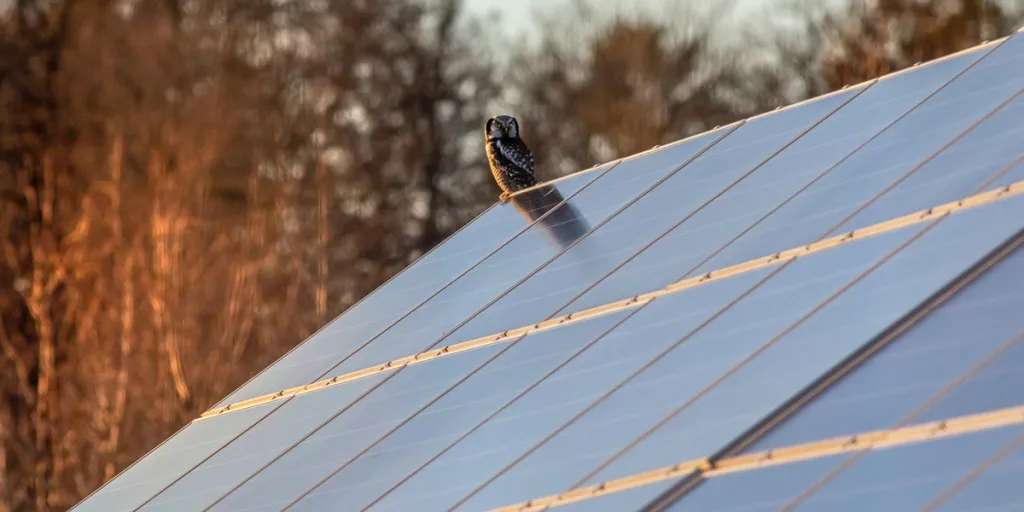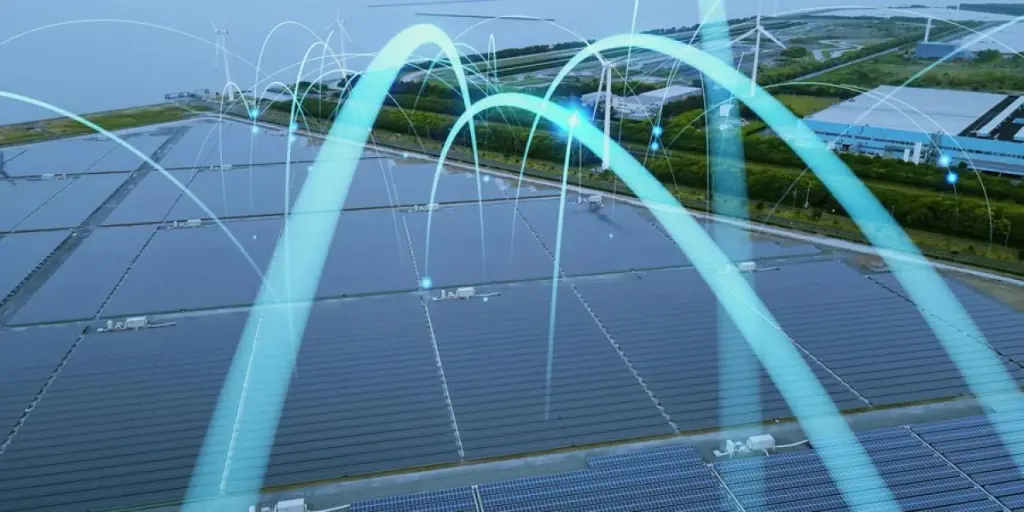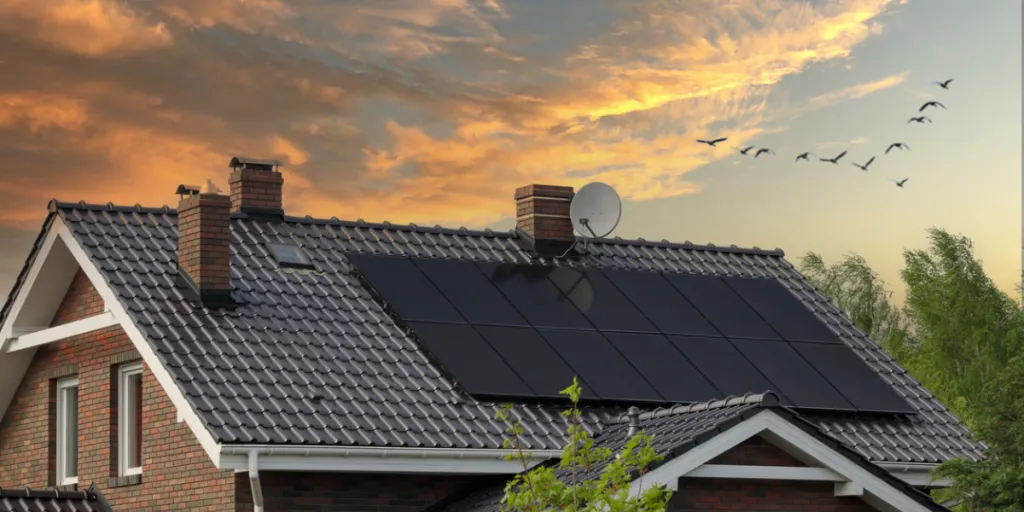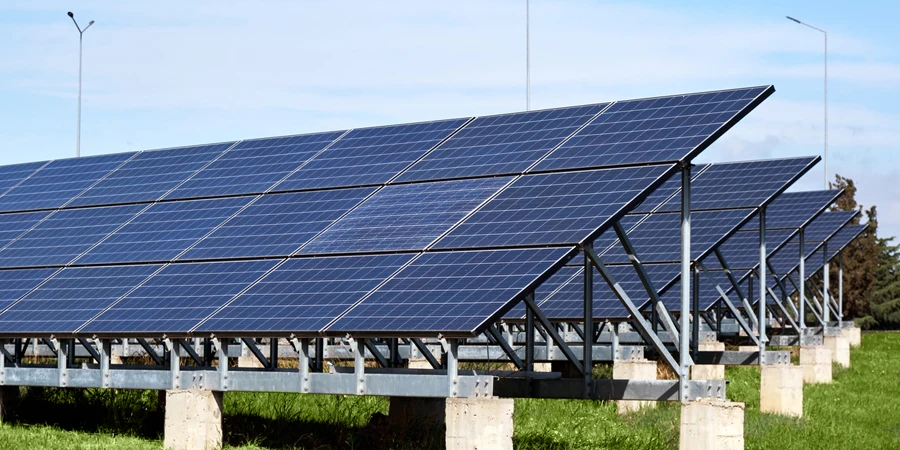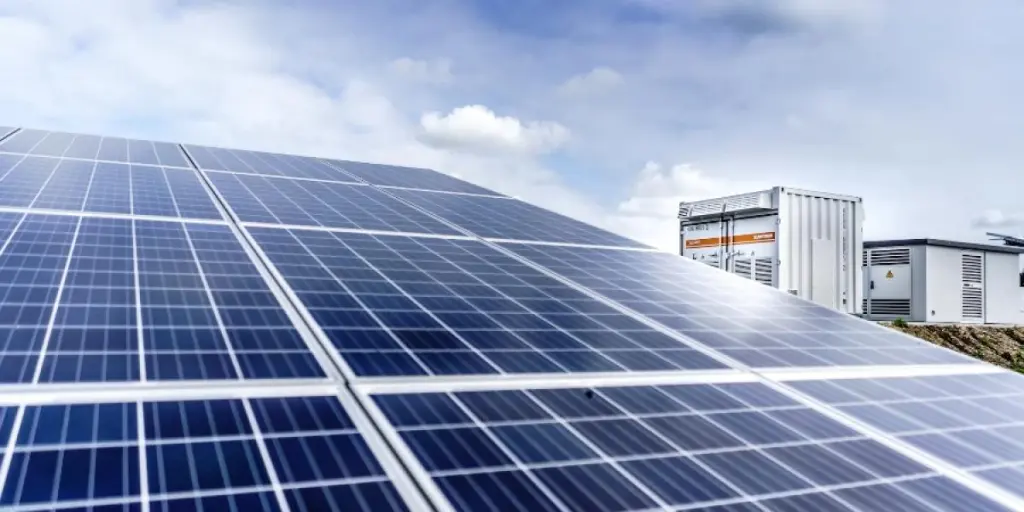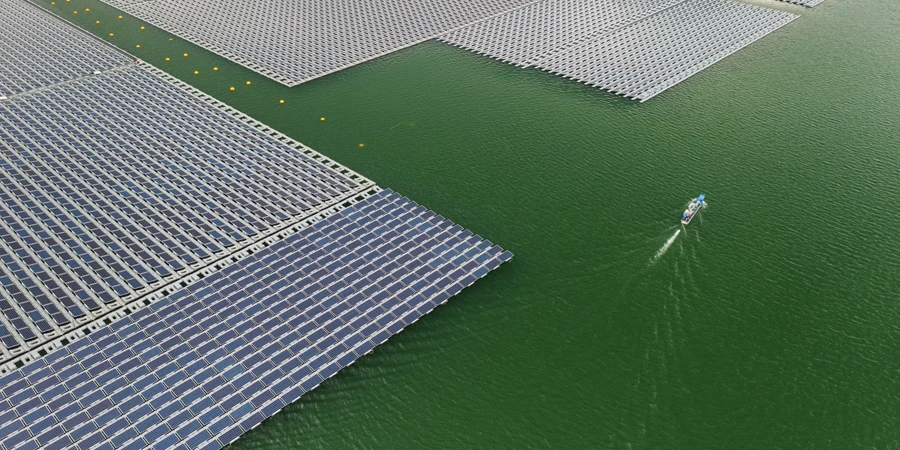Demand for solar panels and roofing has significantly increased due to the ongoing global transition towards renewable energy. For example, solar power accounted for 45% of all electricity-generating capacity in the first half of 2023 in the US. More than 3.3 million households in the US have installed solar power and 1.3 million in the UK. While most of this solar power is generated from solar panels, homeowners nowadays are opting for the growing selection of solar roofs, which are more appealing.
Solar roofs refer to a system where solar technology is integrated into construction materials. Unlike solar panels that are mounted on an existing roof, solar roofs are designed to be part of the building’s overall structure. They fall under the category of building-integrated photovoltaics (BIPVs), which replace conventional building materials such as tiles to make energy production part of the building’s design. Despite being typically thin, solar roofs are resilient and durable, which allows them to withstand harsh environmental conditions.
The adoption of solar roofing creates an opportunity for businesses to improve their customer relations and business performance while also promoting sustainable energy practices. This blog provides insights into the solar roofing market potential and tips to help businesses select the best solar roofs for a range of customers.
Table of Contents
Solar roof market potential
Types of solar roofs
How to select solar roofs for different end customers
Final thoughts
Solar roof market potential
The global market for building-integrated photovoltaics was valued at US$ 23.67 billion in 2023 and is projected to reach US$ 89.80 billion by 2030, growing at a compound annual growth rate (CAGR) of 21%. This market value includes a range of solar power-generating products usually integrated into buildings, such as roofs, facades, walls, and glass. However, roof installation accounts for 61.57% of this market, making it the most demanded BIPV product. Consequently, this demand for roofing creates opportunities for businesses in the energy sector.
There are various factors associated with increased demand for solar roofs, including:
- Increased consumer demand for renewable energy.
- Technological advancement in solar technology that has led to improved efficiency, durability, and aesthetics makes solar roofing more appealing.
- Government incentives and initiatives supporting the adoption of renewable energy sources .
- Most property owners perceive investing in solar roofing as a way to gain independence, security, and resilience, which are important during power outages or disruptions.
Types of solar roofs
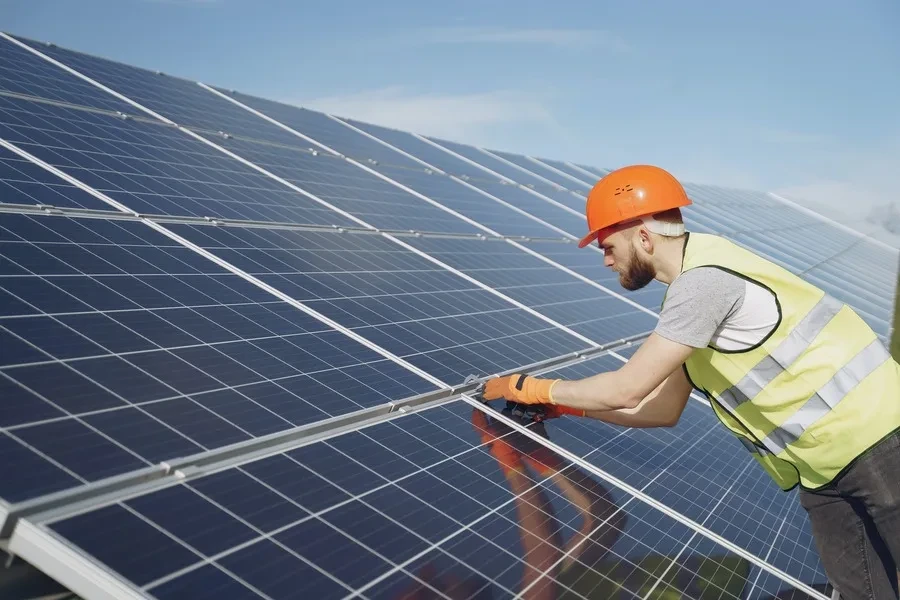
There are different types of solar roofs designed to cater to varying customer needs and aesthetic preferences. These options provide commercial or residential property owners with options to select solar roofing systems that complement their buildings’ architectural designs. The three most common types of solar roofs include solar shingles, solar metal roofing, and interlocked solar roof panels.
Solar shingles
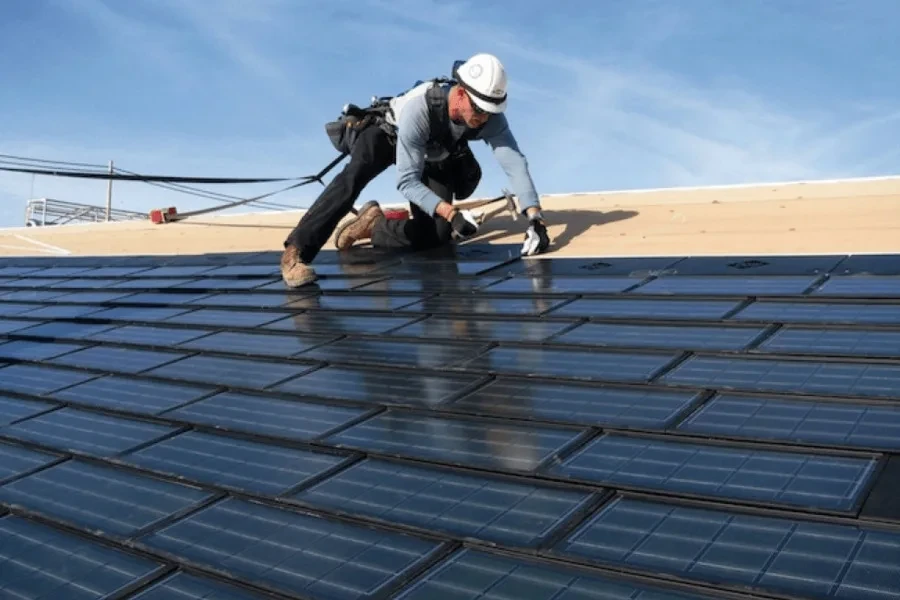
Solar shingles are solar roof tiles made from thin photovoltaic (PV) sheets and resemble regular roofing shingles. They are made from monocrystalline silicon or copper indium gallium selenide semiconductor material. Although solar shingles made from monocrystalline silicon are usually more expensive, they have a higher efficiency rate of between 15% and 20% compared to 10%-12% of those made from copper indium gallium selenide. In addition, solar shingles have an average size of 12” x 86” and weigh approximately 5 kgs per square foot.
The global market for solar shingles is projected to reach US$ 555.2 million in 2030, an increase from US4 326.2 million in 2021. They are projected to grow at a CAGR of 5.5% between 2022-2030. Although they are used in industrial and commercial settings, the residential market segment remains the leading end customer for solar shingles.
Solar metal roofing
Solar metal roofing involves the seamless integration of solar panels into the metal structure. Solar panels in the form of solar laminates, thin-film solar cells, or other photovoltaic technologies are integrated into metal roofing materials. Metals like steel, aluminum, or copper are used to provide a robust and weather-resistant foundation for the solar components. They are also preferred due to their distinctive features, such as durability, corrosion resistance, and longevity.
Interlocking solar roof panels
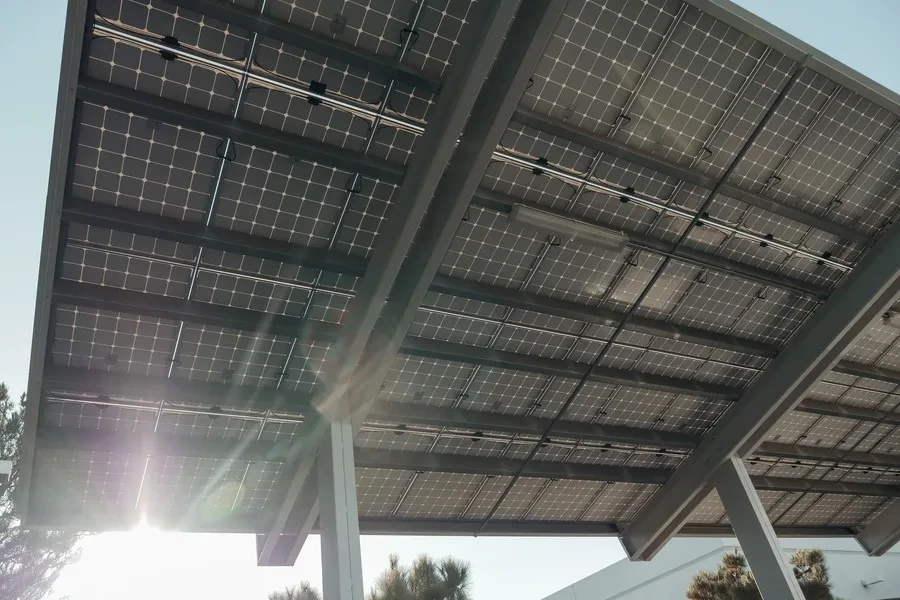
Interlocking solar roof panels replace clay tiles and asphalt shingles used in traditional roofing. As a result, these solar roof panels are installed without any roofing materials beneath them, meaning that the solar panels are the roofing. Interlocking solar roof panels can produce more wattage for the coverage compared to other types of solar roofing. In addition, their edges interlock and seal, forming a smooth surface that keeps out debris, air, and water. However, the solar panels in this interlocked system are more obvious than in metal roofing or shingles.
How to select solar roofs for different end customers
Businesses should have a comprehensive understanding of their target market to ensure that the solar roofs selected align with their energy needs and preferences. Here are some key factors to consider when selecting solar roofs:
Energy efficiency and output
When selecting solar roofs, it is important to prioritize those that provide high efficiency, which means that they convert more sunlight into usable electricity. High-efficiency solar roofs can generate more electricity within a small coverage, making them effective for people with limited space or finances.
Costs
The cost of solar roofing should offer the best value for the customer’s money. This can be determined by comparing the cost and the amount of electricity the solar roofing system will generate. Businesses should obtain quotations from different solar roof manufacturers and settle for products that balance cost-effectiveness and quality. Cost considerations help ensure that the solar roofing systems are reliable and economically sound for the customer.
Check for certifications
Before buying solar roofs, it is important to ensure they have relevant certifications and meet industry standards. For example, solar panels bought in the US should have the Nationally Recognized Testing Laboratory (NRTL) certification mark. Similarly, in the UK, homeowners should ensure that solar roofing products are MCS certified, especially if they intend to sign up for the Smart Export Guarantee (SEG) tariff. Other common certifications to look for include ISO, BIS, and IEC, which help ensure that the solar roofs have been tested and approved for use.
Warranty and lifespan
Given that solar roofing is a long-term investment, warranty and lifespan can influence customer decision-making. These aspects assure customers regarding the durability and performance of the system over many years. They also serve as financial protection for customers since they are assured of receiving repairs or replacements without incurring additional costs if the solar roofs fail within a given period. Therefore, customers are more likely to find businesses selling solar roofing products with extended warranty periods more appealing.
Final thoughts
Demand for solar roofs will continue to grow as the world transitions towards renewable energy. Whether it’s solar shingles, metal roofing, or interlocking solar roof panels, customers are looking for reliable energy solutions that meet their energy needs and enable them to fulfill their responsibilities toward building a sustainable future. Leveraging this opportunity can help businesses position themselves as leaders in renewable energy. In addition, providing solar roofing systems that meet performance expectations and contribute to environmental responsibility can enable businesses to establish long-term relationships built on trust, sustainability, and the shared goal of building a sustainable and more energy-efficient future.
Looking to optimize your solar roof inventory? Alibaba.com provides a platform connecting thousands of businesses to suppliers across the world. Check the offers today!
